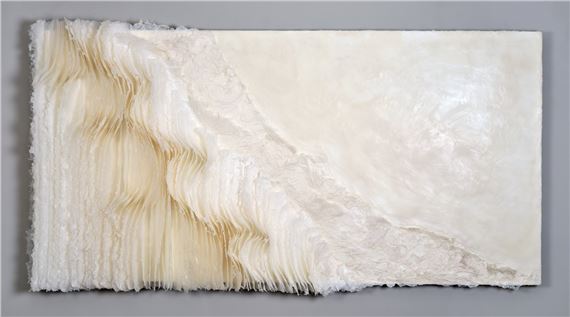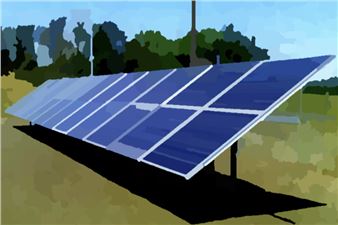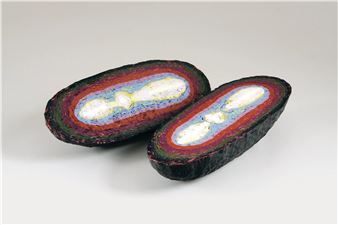Surge: Mapping Transition, Displacement, And Agency In Times Of Climate Change
In partnership with the Skagit Climate Science Consortium, MoNA is bringing back Surge: Mapping Transition, Displacement, and Agency in Times of Climate Change, an exhibition drawing attention to climate change and its tangible effects on the Northwest’s Coastal communities.
As in the previous editions, Surge: Mapping Transition, Displacement, and Agency in Times of Climate Change will engage artists to work with environmental researchers and educators to present the public with new perspectives on issues such as flooding, storm surge, coastal erosion, glacier retreat, through exhibits, lectures and education programs as well as participatory art activities.
Surge: Mapping Transition, Displacement, and Agency in Times of Climate Change is predicated on the idea that artists and scientists can together bring unique problem-solving skills to address important community challenges.
As global average temperatures rise, glaciers recede, and extreme weather events such as droughts, heat waves, and large storms become more frequent, ecosystems and communities are profoundly affected.
Climate change is a journey to an unknown, liminal place requiring adaptation, interdependence, and resiliency. This journey is often unmapped, and for some communities who have until recently lived in unison with the environment, this journey is literal.
Under the pressure of a rapidly changing climate, plants, animals, and humans adapt and embark on paths of both transition and displacement through unknown territories. The ripples of these transitions compound to undo learned experiences and community memories developed through millennia.
But in these challenges is also resilience. People, plants, and animals continue to illustrate their capacity to adapt and connect during these times of uncertainty. We continue to learn as our communities constantly map both their geographies and unknown future. What does resilience and agency during the climate crisis look like? How can we as a society learn from the changes impacting our local and global neighbors, both human and nonhuman, to move forward in a restorative way?

Recommended for you
In partnership with the Skagit Climate Science Consortium, MoNA is bringing back Surge: Mapping Transition, Displacement, and Agency in Times of Climate Change, an exhibition drawing attention to climate change and its tangible effects on the Northwest’s Coastal communities.
As in the previous editions, Surge: Mapping Transition, Displacement, and Agency in Times of Climate Change will engage artists to work with environmental researchers and educators to present the public with new perspectives on issues such as flooding, storm surge, coastal erosion, glacier retreat, through exhibits, lectures and education programs as well as participatory art activities.
Surge: Mapping Transition, Displacement, and Agency in Times of Climate Change is predicated on the idea that artists and scientists can together bring unique problem-solving skills to address important community challenges.
As global average temperatures rise, glaciers recede, and extreme weather events such as droughts, heat waves, and large storms become more frequent, ecosystems and communities are profoundly affected.
Climate change is a journey to an unknown, liminal place requiring adaptation, interdependence, and resiliency. This journey is often unmapped, and for some communities who have until recently lived in unison with the environment, this journey is literal.
Under the pressure of a rapidly changing climate, plants, animals, and humans adapt and embark on paths of both transition and displacement through unknown territories. The ripples of these transitions compound to undo learned experiences and community memories developed through millennia.
But in these challenges is also resilience. People, plants, and animals continue to illustrate their capacity to adapt and connect during these times of uncertainty. We continue to learn as our communities constantly map both their geographies and unknown future. What does resilience and agency during the climate crisis look like? How can we as a society learn from the changes impacting our local and global neighbors, both human and nonhuman, to move forward in a restorative way?
Artists on show
Contact details


 ARTISTS
ARTISTS











